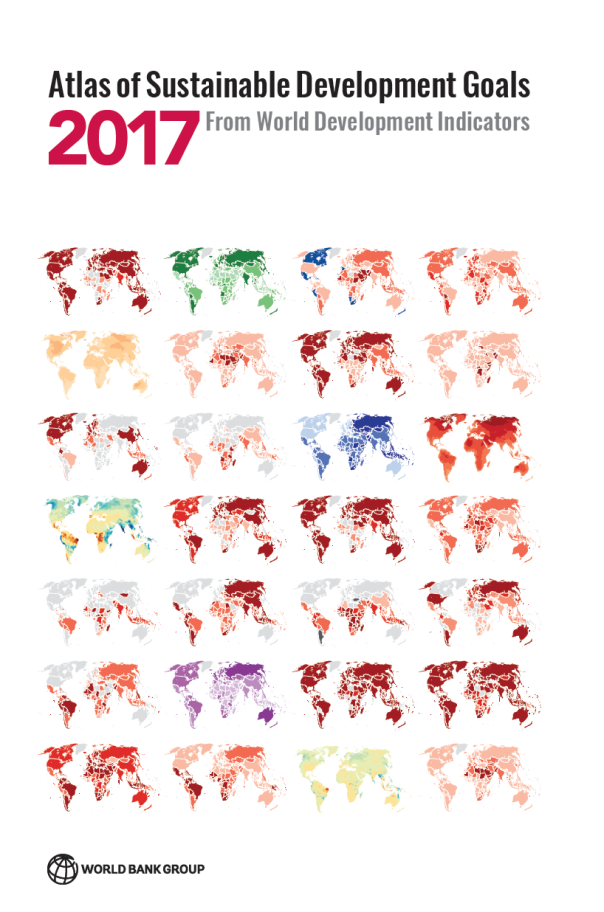from World Bank web page
(1999)
This guide offers and approach that should help Task Managers plan more effective nutrition projects. Although malnutrition clearly is a complex problem, in many circumstances it is possible for programs to improve nutritional status by helping families make small but important improvements in child feeding and maternal nutrition that require little if any additional food or major hardware investments. The investments are primarily in human resource development–in changing attitudes and behaviors among policy makers, health care or agricultural agents, and mothers and other persons in communities and households.
The approach described is social marketing, as applied to defining. promoting and making the practice of the key behaviors easier (with or without the presence of a tangible product). Many of its techniques are from social learning theory, which stresses the interplay of behavior, the environment, and people’s cognitive processes. This approach is at the heart of a broad program strategy to improve practices.
This is a general guide for the World Bank Task Manager. It is not a complete “do-it-yourself” manual. Expert assistance is recommended for many project planning missions and is needed at various strategic points during planning and implementation.
Introduction and Table of Contents (PDF 20 Kbytes)
Chapter 1- Communication that Improves Nutrition (PDF 46 Kbytes)
Chapter 2- Planning and Implementing Communication for Behavior Change (PDF 82 Kbytes)
Chapter 3- Managing Communication for Behavior Change (PDF 49 Kbytes)
Chapter 4- Challenges in Implementing Effective Communication for Behavior Change (PDF 29 Kbytes)
Appendix A- Examples of Nutrition CBC Projects that had Measurable Impact (PDF 17 Kbytes)
Appendix B- Improving Child Feeding Practices: Lessons Learned (PDF 40 Kbytes)
Appendix C- Improving the Effectiveness of Iron Supplementation for Pregnant Women (PDF 12 Kbytes)
Appendix D- General Guidelines for Media Selection and Use (PDF 14 Kbytes)
Appendix E- Working with Private Sector Agencies (PDF 11 Kbytes)
Appendix F- Terms of Reference for CBC Consultants (PDF 10 Kbytes)
References (PDF 22 Kbytes)
To obtain the Toolkit or individual tools, please contact the Nutrition Advisory Service by sending an e-mail to nutrition@worldbank.org
– – –
NB – To follow up this topic (or others), enter your email in the rectangle at the bottom/right side of this page (you can un-subscribe any time).


